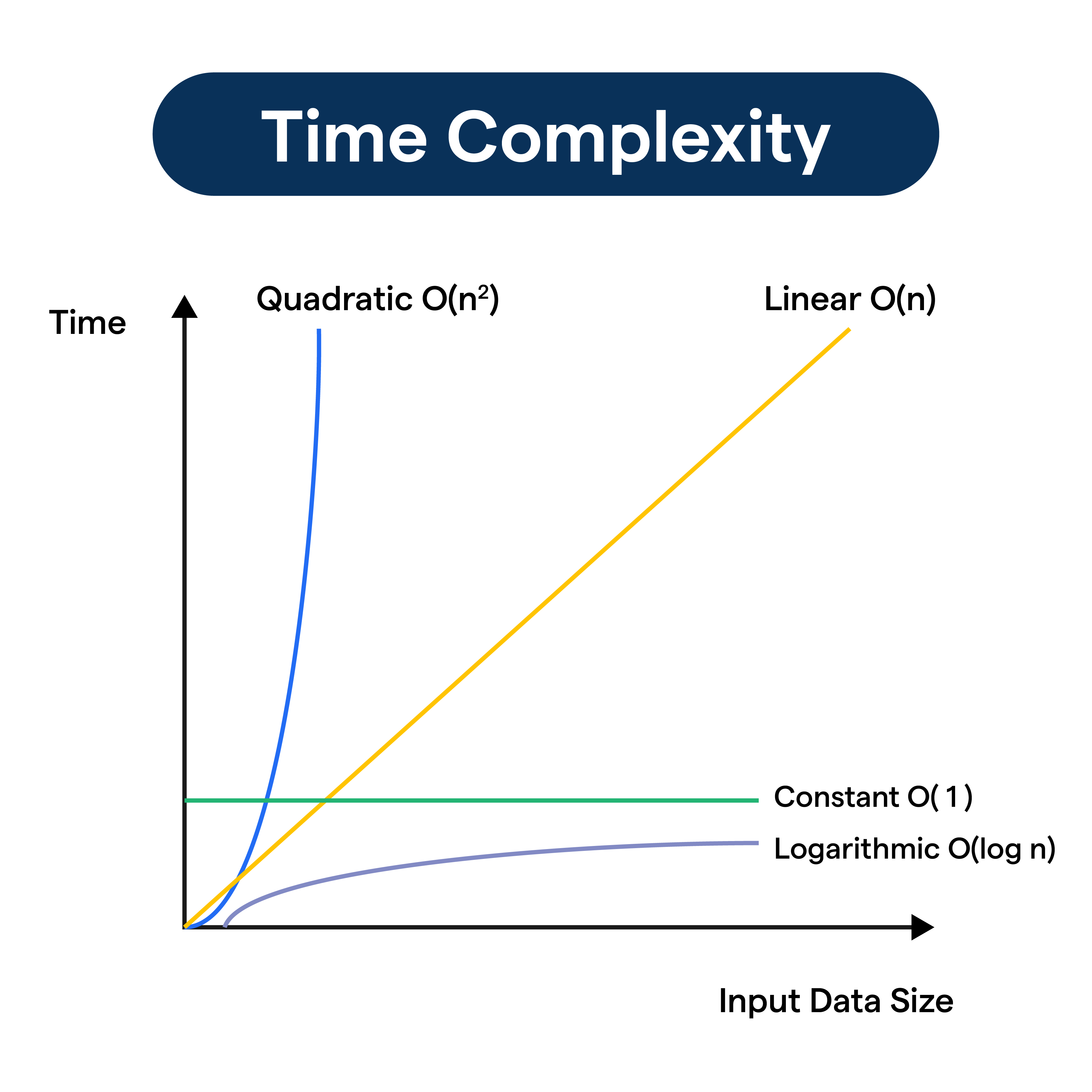What is Time Complexity?
Time Complexity is a computational concept denoting the amount of computer time taken by an algorithm to run, as a function of the size of the input to the program.
Importance in Computer Science
The importance of time complexity extends to almost every area of computer science. It is a parameter by which we ascertain the efficiency and viability of an algorithm.
Relation with Space Complexity
While Time Complexity measures the time taken for an algorithm to run, its counterpart, Space Complexity, deals with the amount of memory an algorithm uses during its execution. Both provide critical insights into an algorithm's efficiency.
Standard Notations
Time Complexity is usually expressed using Big O notation, which characterizes functions according to their growth rates. Other notations also used include Big Θ notation and Big Ω notation.
Real World Analogy
Think of time complexity like you would driving from one city to another. The distance (input size) directly influences the time taken to travel!
Why is Time Complexity Important?
Understanding why Time Complexity matters so much will further underscore its significance in computational theory.
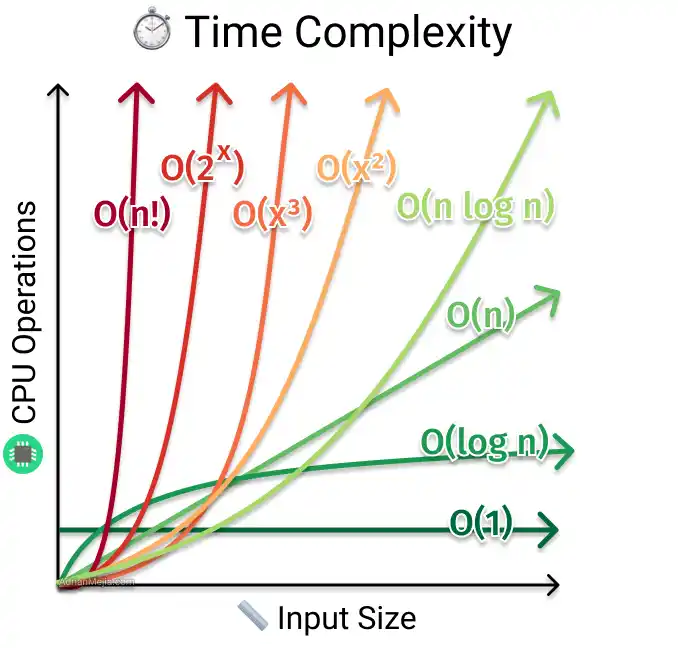
- Impact on Performance: The time complexity of an algorithm directly impacts how fast a program runs and, thus, its overall performance.
An algorithm with poor time complexity may become infeasible for larger inputs.
- Cross-Hardware Applicability: Time complexity is a hardware independent measure. This means it provides a level playing field for algorithm comparison, irrespective of the hardware where the program runs.
- Guide for Algorithm Selection: Different algorithms can solve the same problem but with different time complexities. Understanding time complexity helps programmers select the most efficient algorithm for a given task.
- Role in Optimizing Code: A significant part of optimizing code involves reducing its time complexity. Algorithms and data structures can often be modified or chosen specifically to minimize time complexity.
- Trade-offs with Space Complexity: Time complexity does not exist in a vacuum. Often, there is a trade-off between time and space complexity.
Understanding this trade-off is essential for efficient programming.
Who Utilizes Time Complexity Analysis?
Now that we know why Time Complexity is important let's delve into who uses it in their work.
- Programmers: Programmers routinely analyze the time complexity of their code to make it more efficient and scalable, crucial for real-world applications.
- Computer Scientists: Research in computer science often involves inventing or refining algorithms. The study of their time complexity forms an integral part of this research.
- Data Scientists: Understanding complexity is crucial for data scientists as they often work with large datasets and need to ensure their algorithms can handle the scale.
- Software Testing Professionals: Software testers assess how efficiently a program performs under varying inputs. Time complexity analysis thus plays a significant role in their job.
- Students of Computer Science: Finally, time complexity analysis is a foundational topic taught in computer science curriculums worldwide, as it forms a cornerstone of understanding computational efficiency.
When is Time Complexity Analysis Performed?
So when do we actually perform this time complexity analysis? Let's explore.
During Algorithm Design
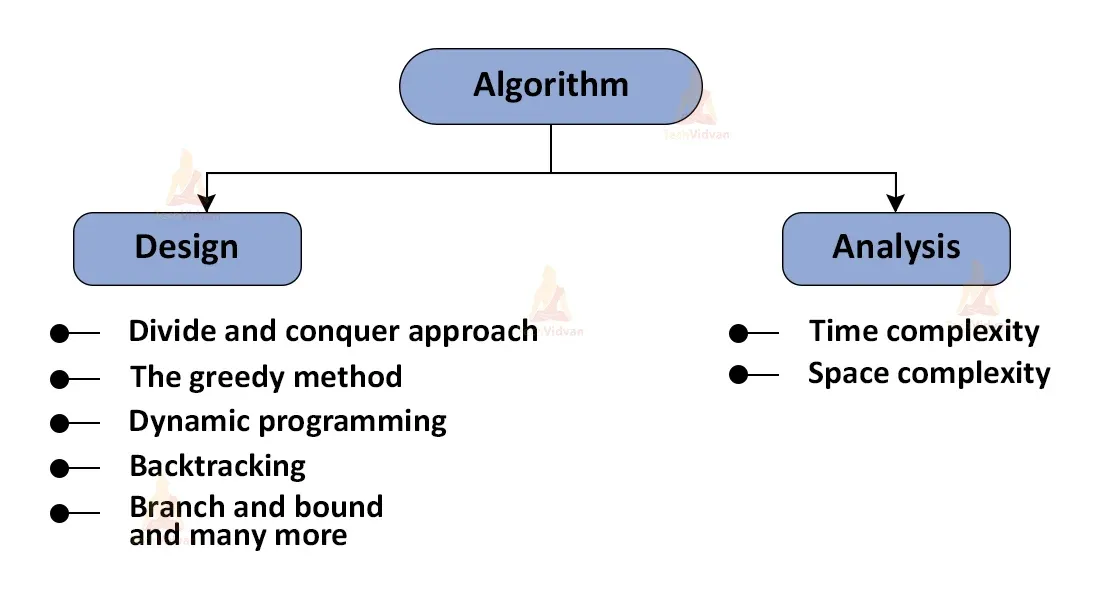
Time complexity is considered right from the algorithm design stage. Ideally, you would want your algorithm to scale well with increasing input size.
During Code Optimization
Time complexity analysis is performed during code review and optimization. If certain parts of the program are found to be slow, their time complexity may be improved.
Competitions and Interviews
Competitive programming competitions and coding interviews often require contestants to know about time complexity analysis since it reflects a deep understanding of computer science principles.
While Learning Data Structures

While learning different data structures, their related operations - insertion, deletion, search, etc., are analyzed for time complexity to understand their performance scenarios.
In Academic Research
Time complexity is a key factor considered in academic research, both for the creation of new algorithms and the analysis of existing ones.
How is Time Complexity Calculated?
Now that we've recognized the importance, let's demystify how time complexity is actually calculated.
Using Big O Notation
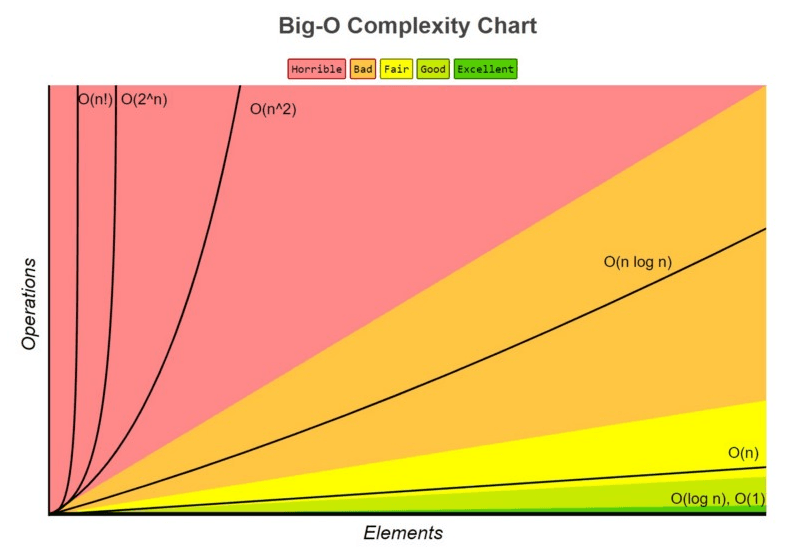
Time complexity is most commonly expressed using Big O notation, which describes the upper bound of time required by an algorithm in terms of input size.
Counting Primitive Operations
Time complexity can be calculated by counting the number of primitive operations an algorithm performs in relation to its input size.
Understanding Algorithm Structure
Different algorithm structures - loops, series, and recursive calls, have distinct impacts on time complexity, which can be systematically analyzed.
Worst, Best, and Average Case
Time complexity can vary depending on the worst-case, best-case, and average-case input scenarios, which is kept in mind when calculating it.
Considering Constants and Lower-Order Terms
While calculating time complexity, constants and lower-order terms are usually ignored as they become insignificant for large inputs.
Best Practices for Reducing Time Complexity
To reduce time complexity, certain best practices are followed by savvy programmers.
- Using Efficient Data Structures: Selecting the right data structures for a task can drastically improve an algorithm's time complexity. For example, hash tables can make searching operations faster.
- Avoiding Unnecessary Computations: Time complexity can be lowered by avoiding unnecessary computations and making use of pre-computed values wherever possible.
- Efficient Use of Loops: Nested loops can dramatically increase time complexity. Hence, they are used judiciously and only when necessary.
- Utilizing Divide and Conquer: The divide-and-conquer strategy often leads to more efficient solutions as it breaks the problem into smaller, more manageable parts.
- Implementing Caching/Memoization: By implementing caching or memoization techniques, repeated operations can be avoided, thus reducing overall time complexity.
Challenges in Time Complexity Analysis
Time complexity analysis is fairly straightforward, but it does come with its set of challenges.
- Ascertain Reasonable Worst Case: Determining a reasonable worst-case scenario can sometimes be tricky. In certain situations, the worst-case may be too unlikely to consider.
- Handling Recursive Functions: Analyzing the time complexity of recursive functions can be complex due to their unique execution mechanism.
- Unknown Input Distribution: If the distribution of inputs is unknown, it can be challenging to determine accurate average case time complexity.
- Interpreting Time Complexity Analysis: The practical interpretation of time complexity analysis can sometimes be tricky due to factors like hardware properties, compiler optimizations, and more.
- Balancing with Other Factors: Time complexity is not the only important factor. Balancing it with other factors like space complexity, simplicity of code, and maintainability can be challenging.
Trends in Time Complexity Analysis
Finally, let's glance at some trends related to time complexity analysis.
Growing Importance with Big Data
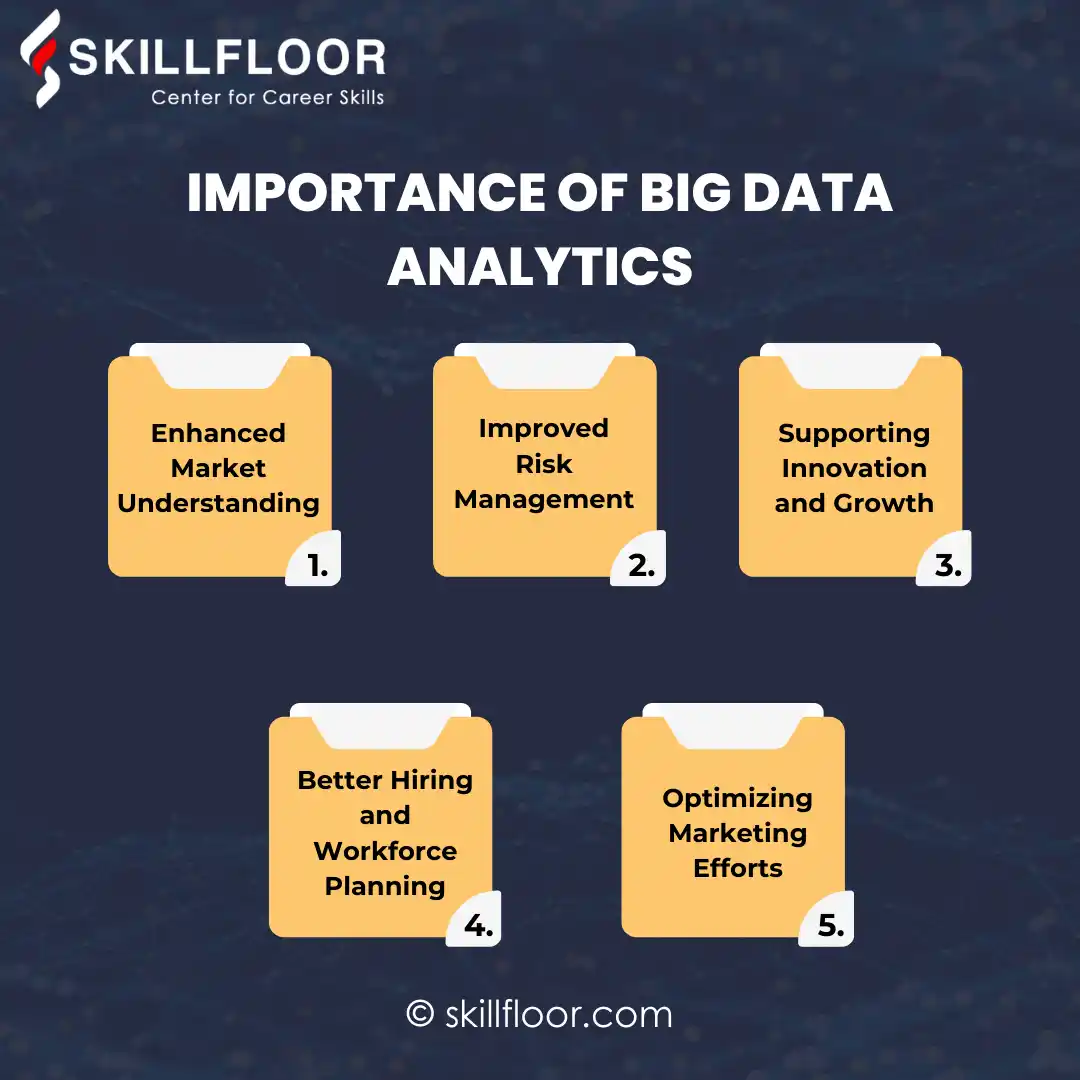
As data volumes grow exponentially in the era of big data, time complexity analysis is becoming even more critical to manage resources effectively.
Emphasis on Parallel Computing
As parallel computing becomes more mainstream, new models to evaluate and project time complexity in a parallel processing setup are emerging.
Use in Machine Learning and AI
With complex algorithms used in AI and Machine Learning, understanding their time complexity for optimization is becoming increasingly important.
Attention to Approximation Algorithms
Approximation algorithms are gaining attention in problems where the efficient exact solution is unknown. Understanding their time complexity is crucial.
Importance in Quantum Computing
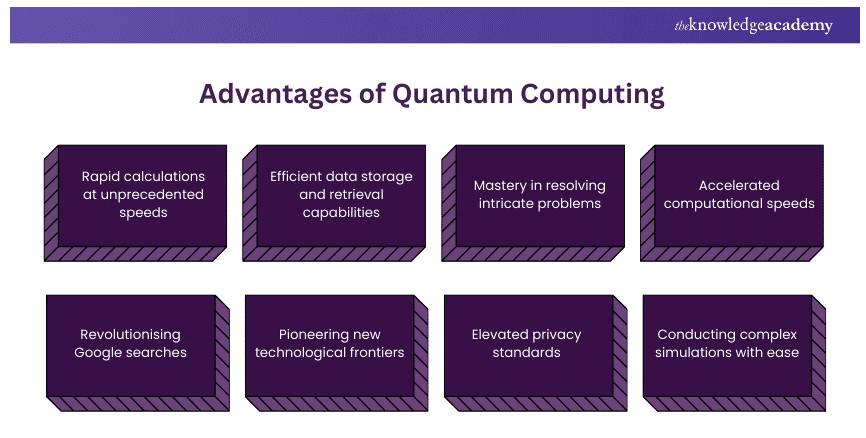
As quantum computing evolves, time complexity continues to play a significant role in understanding the computation capacity of quantum algorithms.
By now, we hope this ultra-detailed glossary has delivered comprehensive knowledge about Time Complexity, contributing a step toward your journey in understanding computational theory better.
Frequently Asked Questions (FAQs)
How do Big O Notation and Time Complexity relate?
Big O Notation is a method for representing Time Complexity. It describes the growth rate of an algorithm's running time, revealing its performance, which allows for comparison and efficiency evaluation of different algorithms.
Why are constant factors omitted in Time Complexity?
Constant factors are omitted due to their minimal impact on overall complexity. When algorithms process large datasets, the main concern is long-term growth rates, which depend on the most significant factors, making the constant factors less relevant.
How does Time Complexity affect algorithm selection?
Understanding Time Complexity helps developers choose optimal algorithms for specific tasks. By identifying the complexity of various algorithms, a developer can select the best option that addresses the desired problem with efficiency and scalability.
What's the significance of worst-case Time Complexity?
Worst-case Time Complexity provides an upper bound on an algorithm's performance, offering insights into the maximum resources required in the most challenging scenarios.
By evaluating worst-case complexities, developers ensure the algorithm remains efficient even in unfavorable situations.
Can Time Complexity help predict real-world performance?
Time Complexity provides a theoretical framework for assessing an algorithm's scalability and potential real-world performance.
While it doesn't guarantee exact performance figures, it enables developers to understand an algorithm's behavior as input size grows, allowing for more informed decisions.
